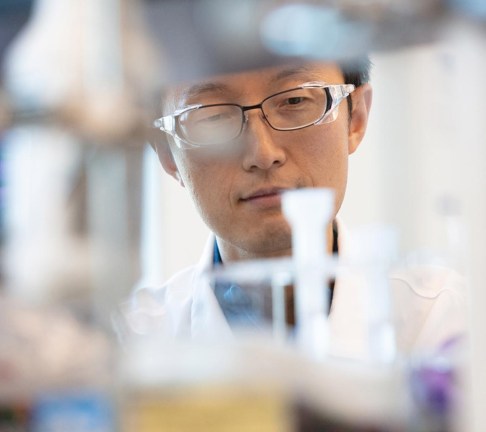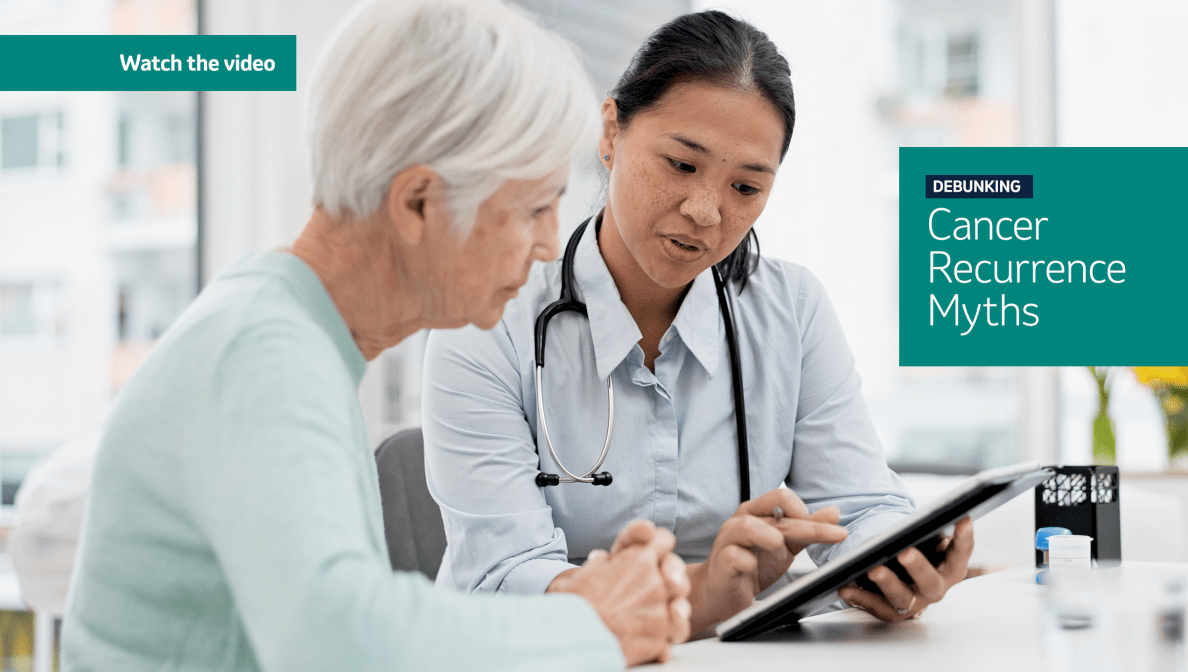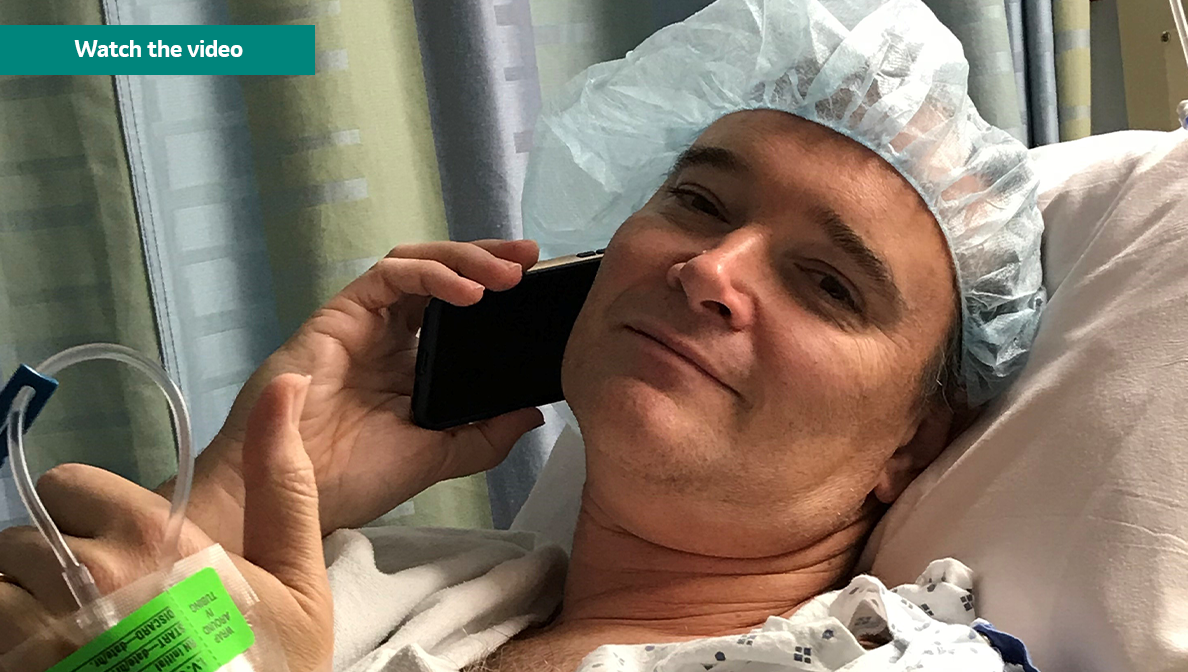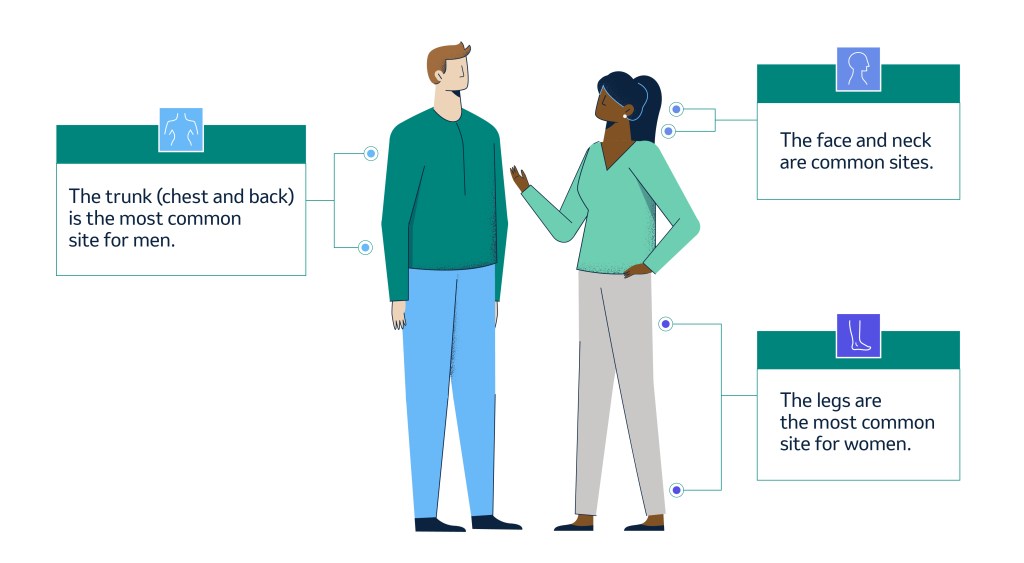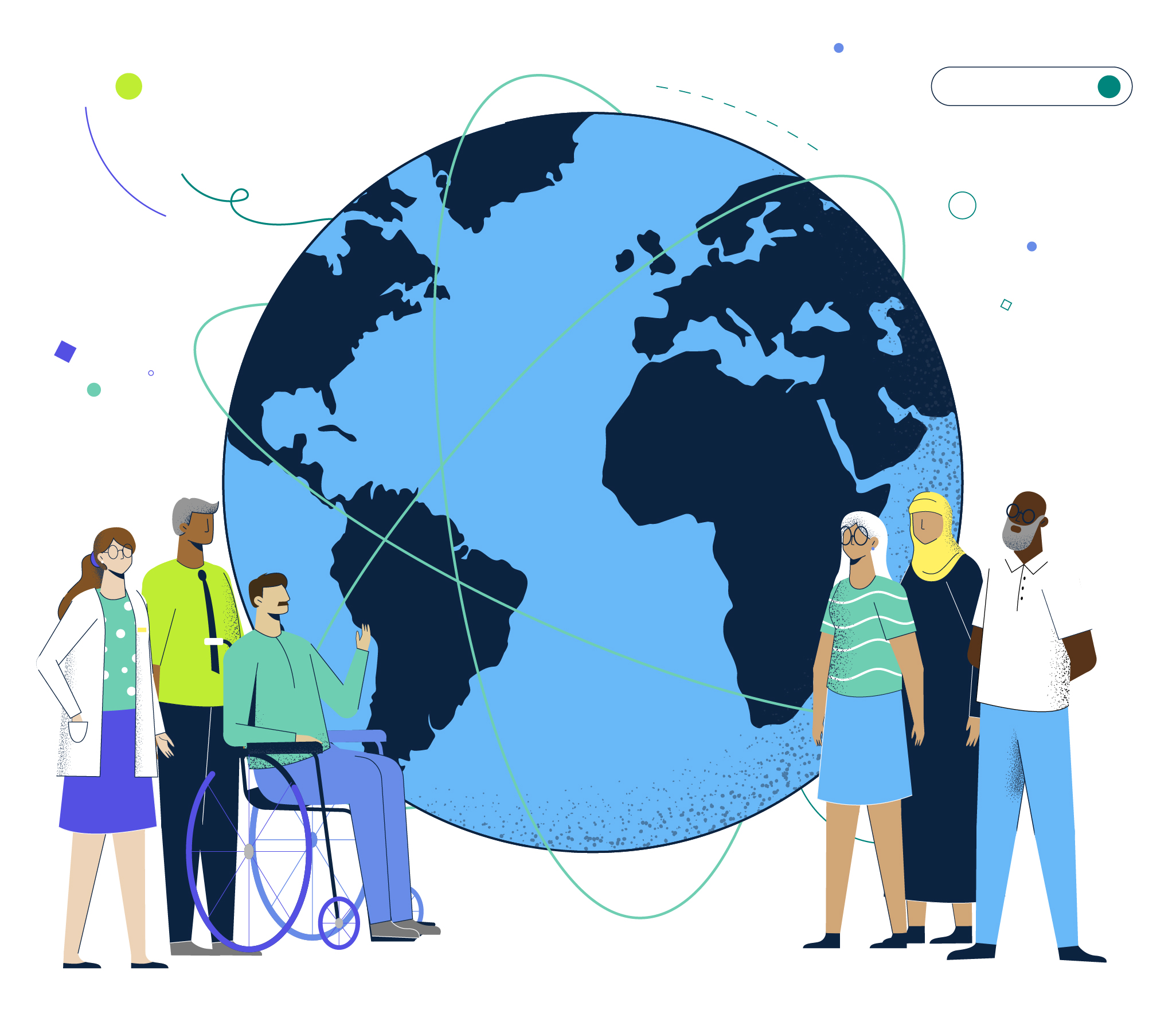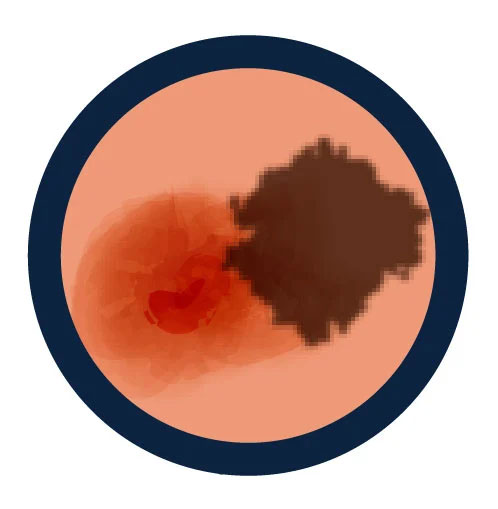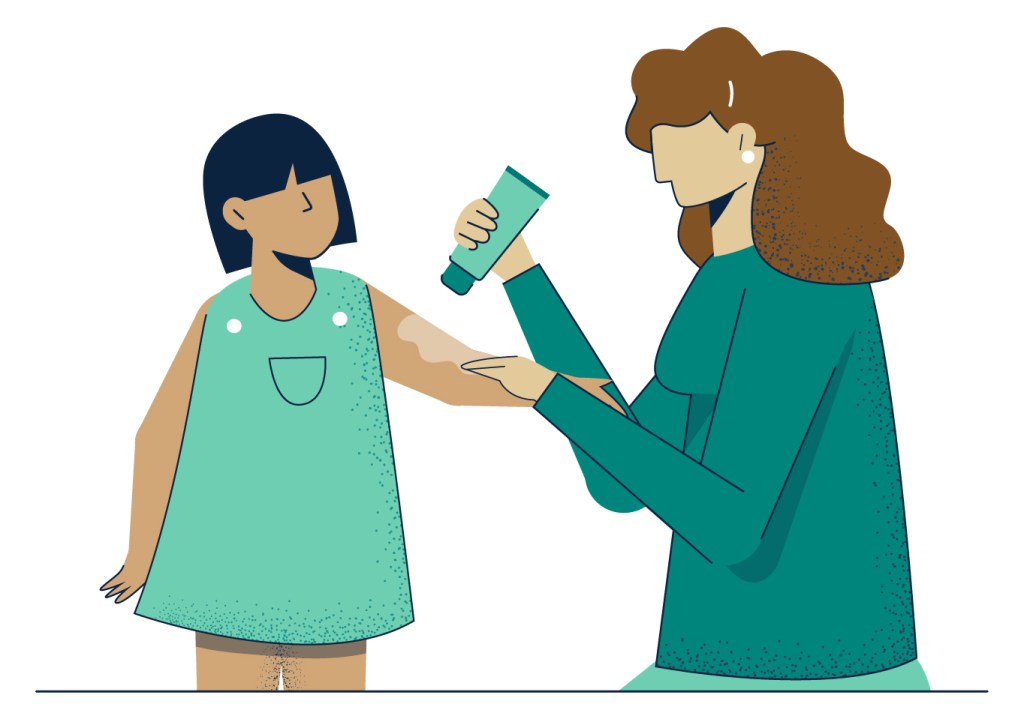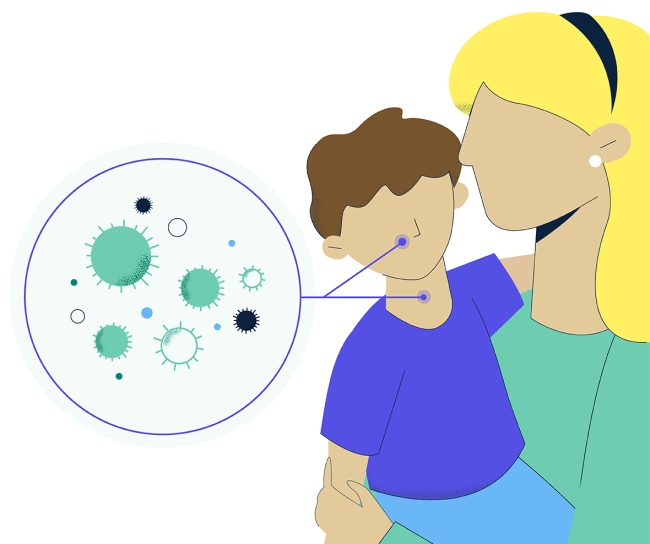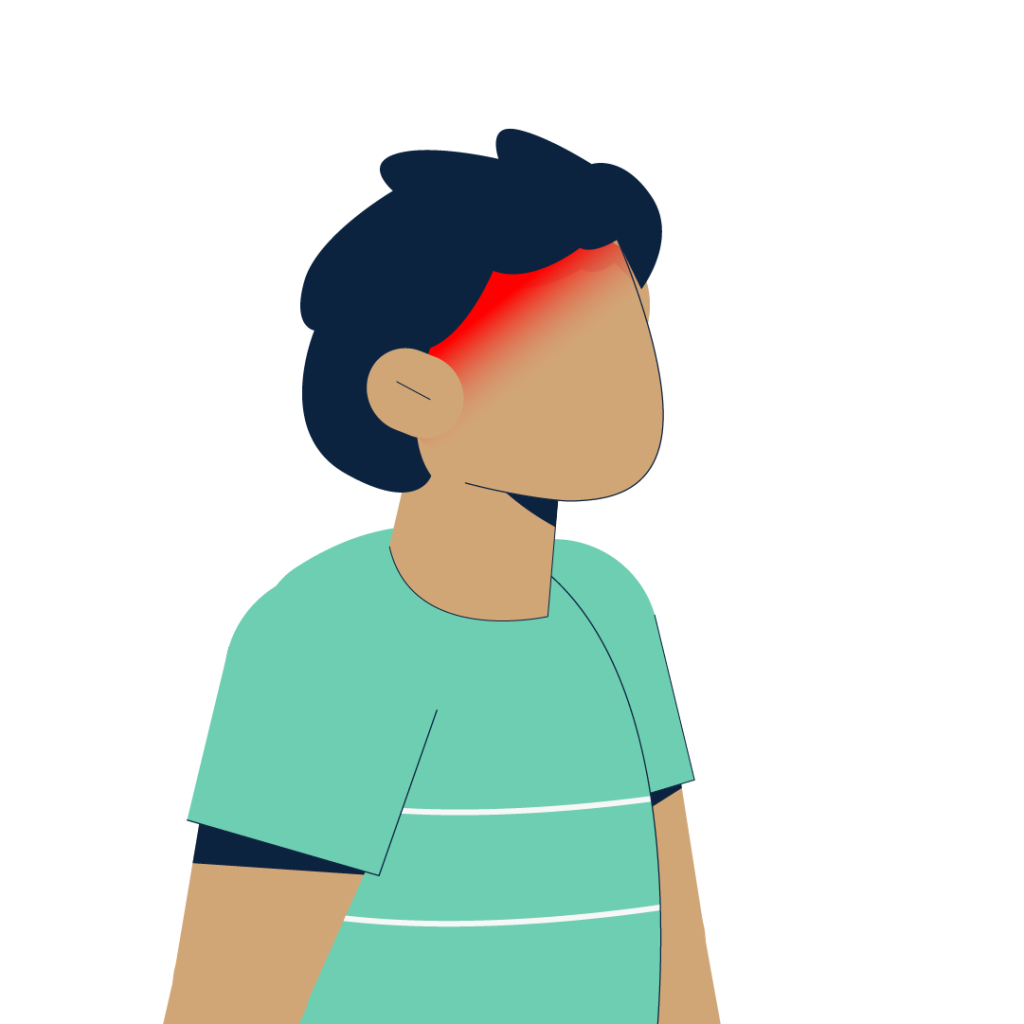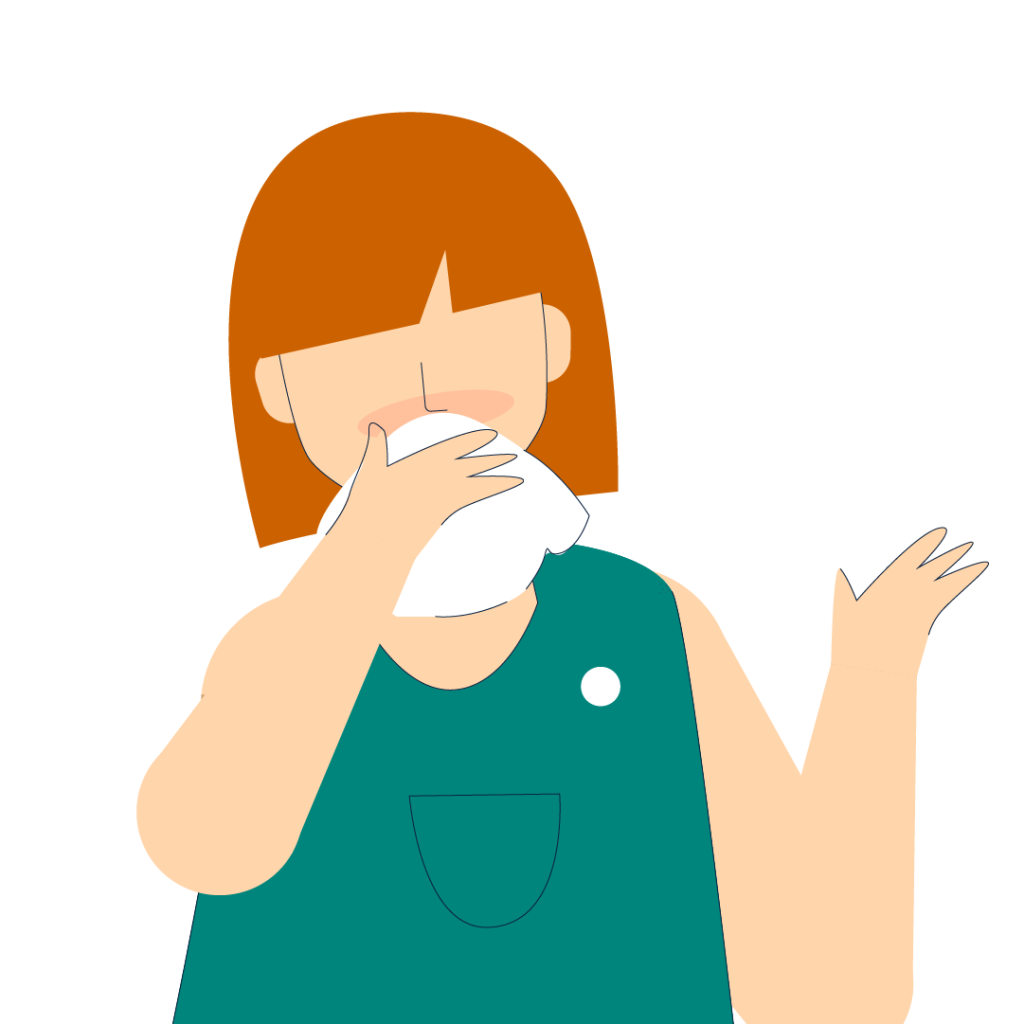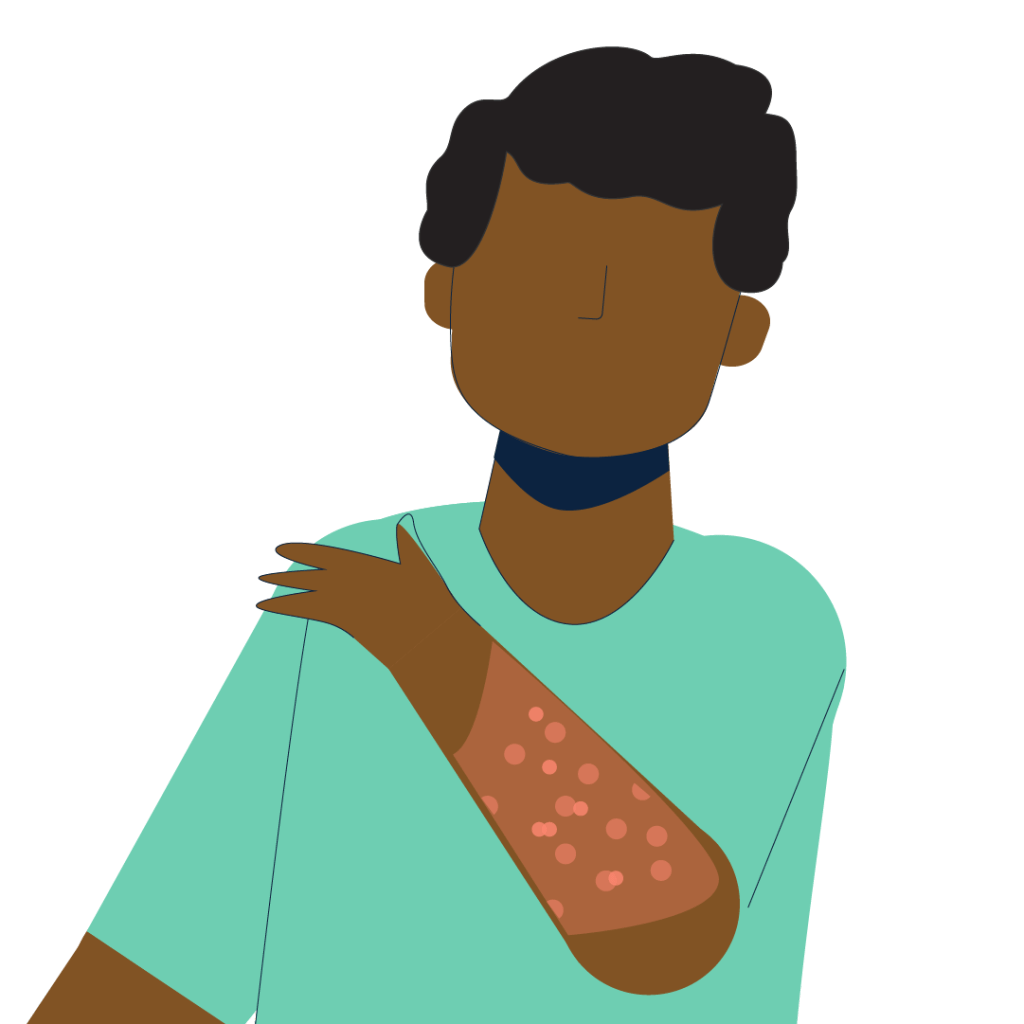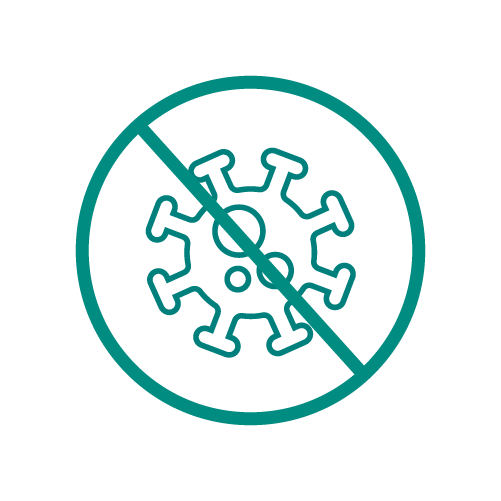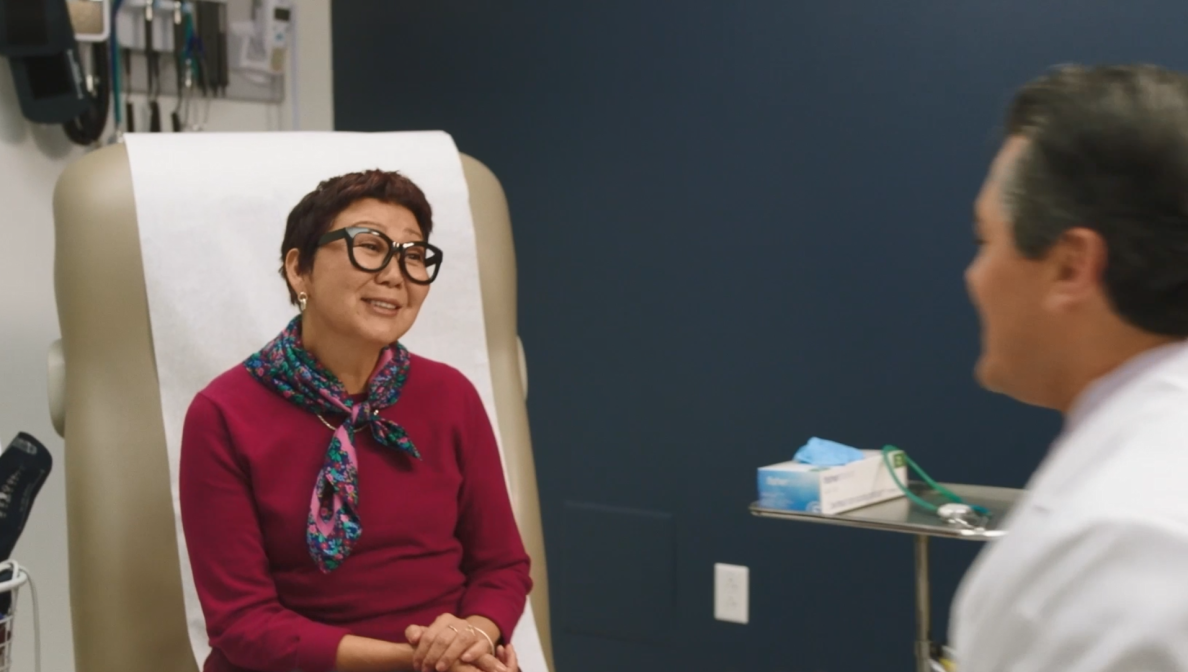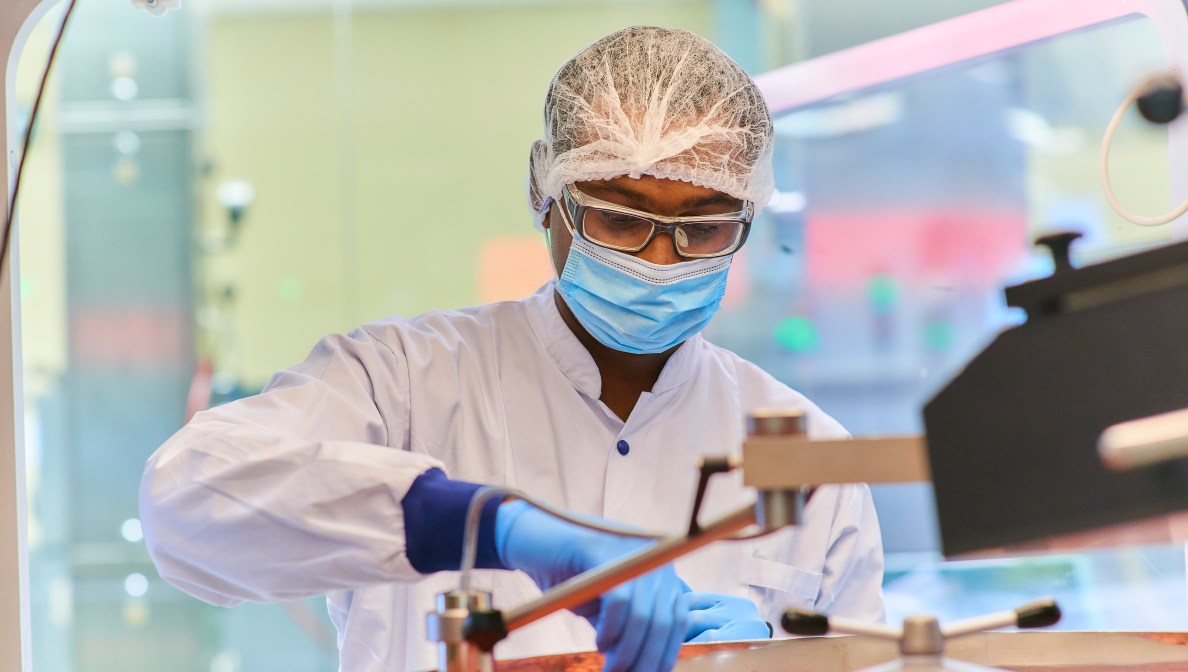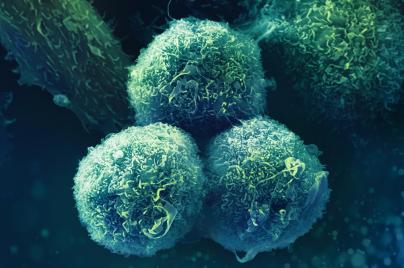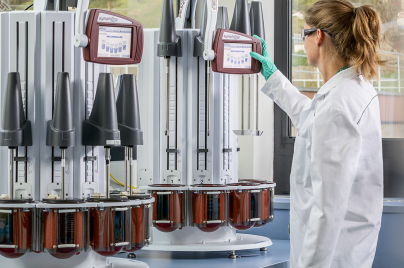Endometrial cancer: Understanding the signs and symptoms
Learn more about how you can detect endometrial cancer
May 13, 2025

As we age, certain changes can seem like a part of getting older, such as periods that are lighter or heavier than normal, or spotting between cycles. Yet it’s important that we recognize and raise these changes with health care providers because they may signal a more serious issue, such as endometrial cancer.
What is endometrial cancer?
Endometrial cancer is the second most commonly diagnosed gynecologic cancer worldwide. It occurs when cancerous cells form in the tissues of the endometrium or inner lining of the uterus.
How can I learn if I’m at risk for endometrial cancer?
The average age of diagnosis is around 60, with most cases occurring after menopause. Studies show Black women are more likely to be diagnosed with endometrial cancer than white women.
While age, race, family history and lifestyle choices all impact the risk of endometrial cancer, conditions that affect the body’s estrogen levels can also play a role. For example:
- Estrogen-only hormone replacement therapy for menopause often includes an increase of unopposed estrogen to manage menopausal symptoms.
- Polycystic ovarian syndrome (PCOS) usually creates higher estrogen levels.
- Estrogen modulators may cause the uterine lining to grow.
- Certain comorbidities, including obesity, type 2 diabetes and hypertension, have been linked as risk factors for endometrial cancer. For example, in people with obesity, fat tissue can convert certain hormones into estrogen, which increase the levels in the body.
- The number of menstrual periods in a lifetime and a history of no pregnancies can affect estrogen levels. Beginning menstruation at a young age and experiencing menopause at a late age increases exposure to estrogen.
Abnormal vaginal bleeding is the most common sign of endometrial cancer, but there are others to keep in mind.
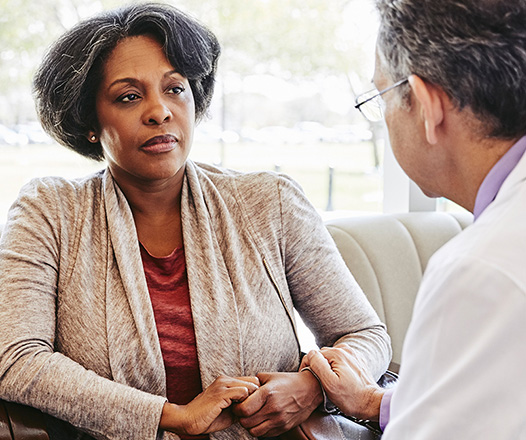
What to watch out for:
- Bleeding after menopause
- Bleeding between periods
- A change in periods
- Vaginal spotting
- Abnormal vaginal discharge
- Pelvic pain or discomfort
- Changes to bowel or bladder habits
How is endometrial cancer diagnosed?
As there is no routine screening exam to diagnose endometrial cancer before symptoms begin, it’s important to report signs or symptoms to your doctor right away. For those who have gone through menopause, it’s especially important to report any vaginal bleeding, spotting or abnormal discharge.
Tests to diagnose endometrial cancer may include:
- Endometrial biopsy: A thin, flexible tube is inserted into the uterus to collect a tissue sample from the endometrium.
- Dilation and curettage: The cervix is dilated to collect tissue from the inner lining of the uterus.
- Hysteroscopy: An instrument with a light and lens for viewing is inserted into the uterus to look for abnormal areas.
- Transvaginal ultrasound: A probe is inserted into the vagina to produce images that are used to assess the pelvic organs, including the uterus.
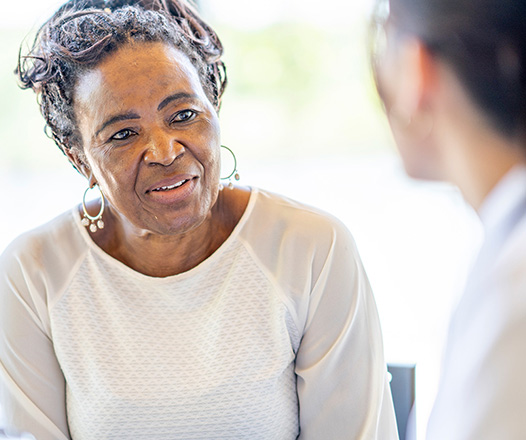
Being diagnosed with endometrial cancer can be scary. But by speaking with your doctor, you can better understand your options and build the best path forward.
